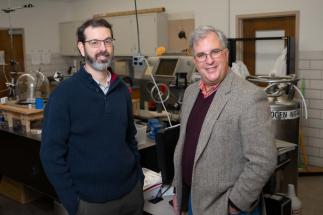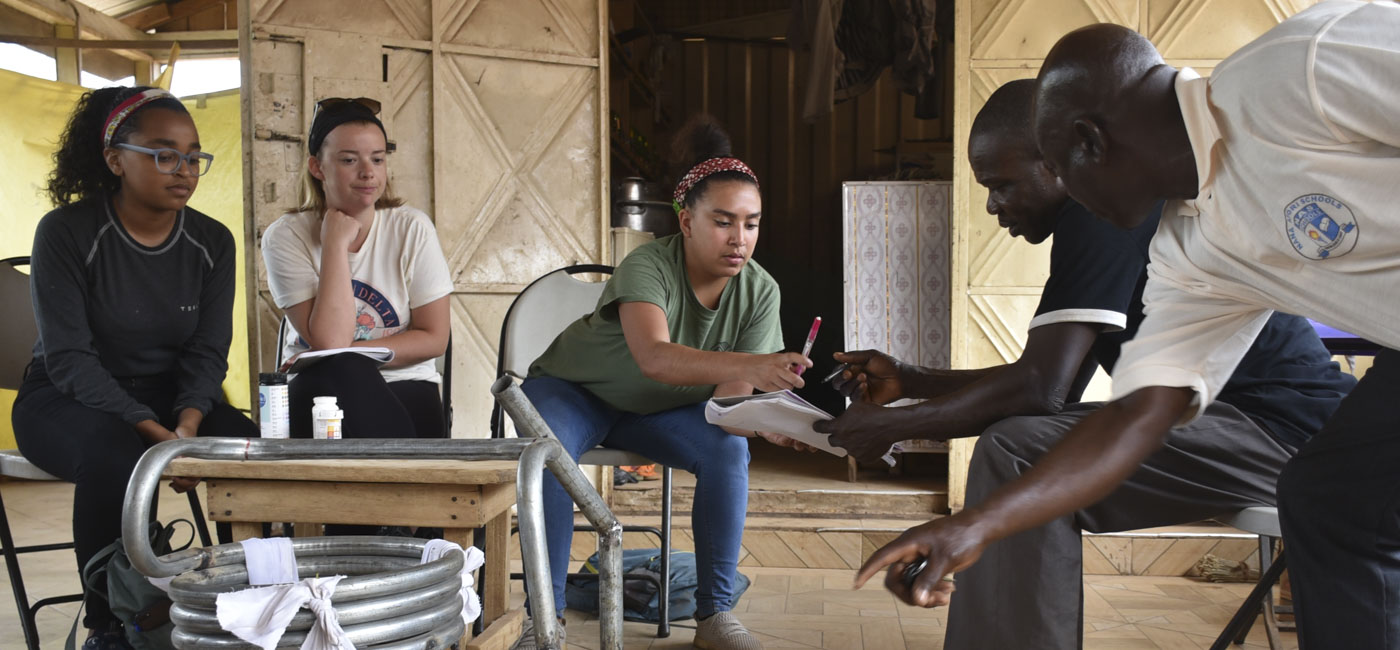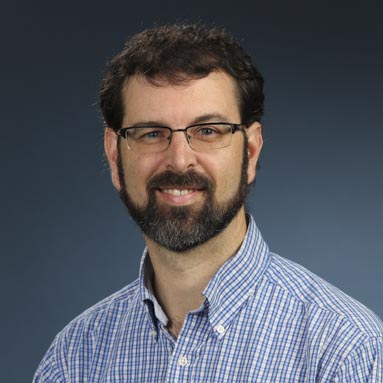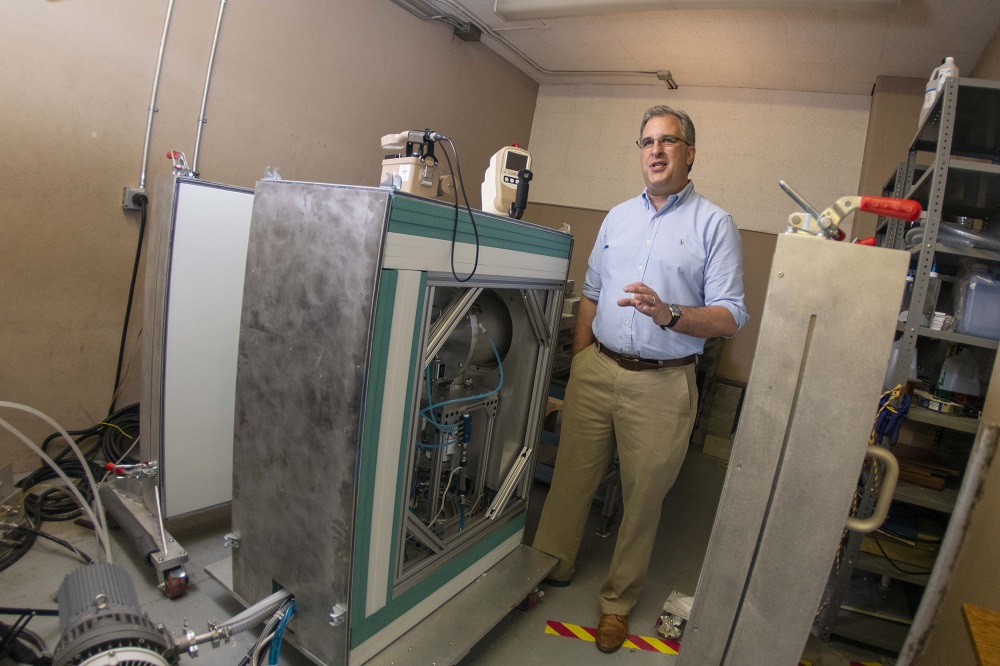Worcester Polytechnic Institute (WPI) researchers David Medich and Derren Rosbach have been awarded $499,509 from the Nuclear Regulatory Commission (NRC) to design facilities that could be built on university campuses to house next-generation nuclear microreactors, an emerging technology that is being developed for nuclear research and power generation.
Medich, an associate professor in the Department of Physics and principal investigator (PI) on the three-year project, and Rosbach, co-PI and associate teaching professor in the Department of Integrative and Global Studies, will use computer simulations to determine the structure and shielding needed for safe operation of a microreactor. They will develop plans for facilities optimized to take advantage of the compact nuclear cores in microreactors for physics, biology, chemistry, medicine, and engineering research. They also will evaluate requirements needed to adapt microreactors for electrical power and hot water generation at universities. Finally, the researchers will propose a pathway for federal licensing of university microreactors.
“About 25 nuclear reactors currently operate on university campuses, where they are used to test materials, generate medical isotopes for research, and train workers,” Medich said. “Most of those reactors are based on 1950s designs that limit their usefulness. New microreactors represent an advance that could enhance academic research programs and even provide carbon-free electricity to campuses that are pursuing sustainability goals.”
Microreactors are being developed as factory-built nuclear reactors small enough to fit on a tractor-trailer truck bed. Fueled with uranium, they would split atoms in a process called fission.
Fission releases sub-atomic particles known as neutrons. Researchers can aim a beam of neutrons at materials to explore material structure and composition, which can be useful in fields such as biology, chemistry, medicine, geology, archeology, and engineering.






